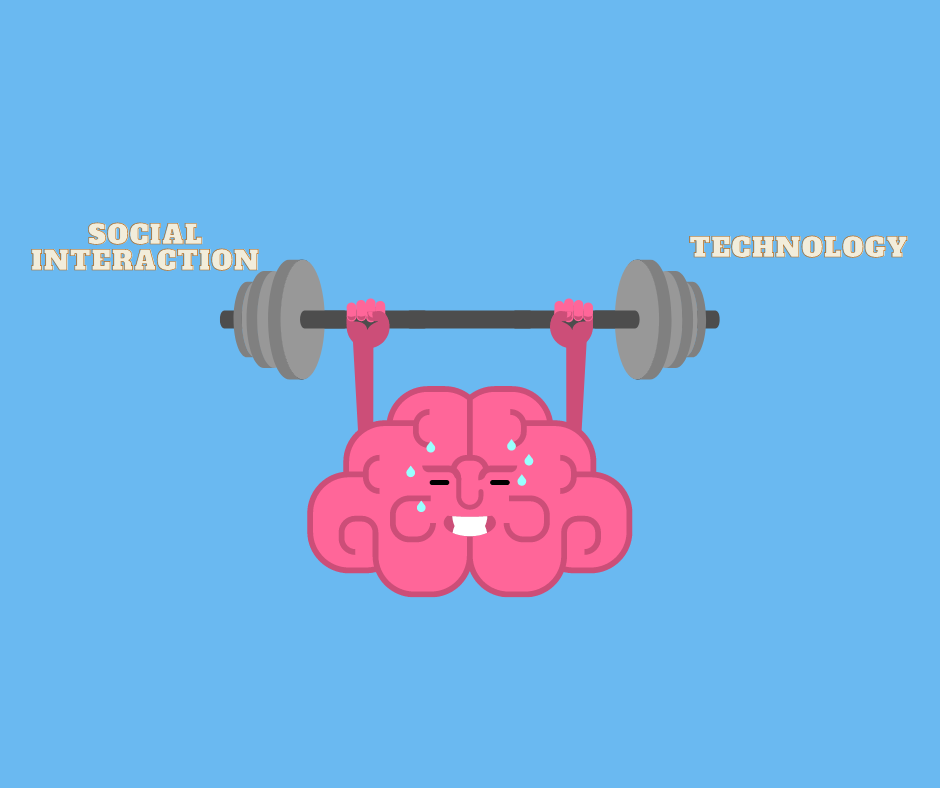As seen on Psychology Today.
Within psychiatry, resiliency is oftentimes framed as an ability to go through a traumatic experience without developing a trauma- or stressor-related disorder, the most well-known of which is posttraumatic stress disorder (PTSD). It turns out, most people are resilient in this regard. Within the United States, an estimated 82.7 percent of individuals live through a traumatic experience, but the prevalence rate of PTSD is estimated to be closer to 6 percent. People exhibit resiliency for various reasons that I’ve written about before.
However, there is a more casual kind of resiliency that comes from coping with difficult situations that do not quite rise to the level of traumatic but, instead, are instances of adversity, which has been defined as “a perceived discrepancy between the situation an individual is confronted with and a desired conception of reality specified by their goals, needs, investments, and aspirations for the future.” Those who exhibit such resilience can respond to adversity in healthy and constructive ways rather than by giving up, throwing a tantrum, or pursuing some kind of “nuclear option” every time they are met with impediments to their goals.
In many ways, it’s the inverse of a term in psychology known as mental rigidity.
What is mental rigidity?
Mental rigidity is a tendency to resist changing one’s beliefs, habits, or routines. It is a psychological coping mechanism to avoid dealing with excessive or overly complex stimuli. One learns to tune out the noise when placed in stressful or chaotic situations by developing simple heuristics. However, when taken to extremes, this kind of thinking can become calcified, and one can cease to consider new information or perspectives, which can place limitations on problem-solving abilities or even the capacity for empathy.
At the other end of the spectrum is mental flexibility, which is associated with being able to entertain new information or perspectives and to modify goal-seeking or problem-solving tactics once it is recognized that a specific approach is not working. This ability to quickly adapt is central to the concept of resiliency. A person with greater mental flexibility can respond better to circumstantial demands and will have the capacity to navigate difficult social situations.
Flexibility, empathy, and emotion regulation
Empathy is also a crucial part of mental flexibility, as it can help individuals appreciate that others have their own goals and aspirations. It is a kind of lubricant that allows for greater play between the gears of social interactions. Without empathy, it is very difficult to resolve complex interpersonal problems. As such, it is one of the most important tools that humans have for creating and maintaining social cohesion. Empathy implies a mutual and interpersonal experience, making it central to the development of emotional intelligence.
As much as empathy is prosocial, it is also linked to our own ability to sand down the sharper corners of our emotions. As Jean Decety wrote in a 2010 paper on the neurodevelopment of empathy, “Empathic concern is strongly related to effortful control, with children high in effortful control showing greater empathic concern.” Empathy gives us the capacity to recognize the emotions of others and helps us understand what an appropriate emotional response is to specific social situations. In effect, the more that we find ourselves in unique social situations (including uncomfortable ones), the more we adapt and grow emotionally. This is especially the case when we meet others as equals.
Widening the empathy gap
Unfortunately, researchers have observed a decline in empathy in the United States since the 1970s. Forbes contributor John Brandon, who covers social media trends, has even noticed a trend toward what he calls “reverse empathy,” which is “meant to criticize in such a way that the person feels more ridiculed and insulted, as opposed to feeling encouraged or understood.” Research by the Society for Personality and Social Psychology seems to corroborate the observation that excessive social media use can make some individuals less empathetic and more likely to exhibit alexithymia (emotional blindness) and narcissistic personality traits.
The mechanisms behind this phenomenon are not entirely clear, but one possible reason is that social media allows us to avoid navigating difficult interactions. On the one hand, social media can easily become an echo chamber, where users solely see content created to galvanize their existing perspectives and flatter their opinions. On the other, it tends to promote the most outlandish and controversial forms of content to encourage engagement. Combine the two, and the result is that users rely on increasingly incendiary language to prove their allegiance to the in-group and to demonize the out-group with whom they increasingly do not share the same virtual space. Civility need only be shown to others within the in-group. Everyone else can be treated as though they are less than human.
Restoring empathy
Social media is not the sole culprit here. The internet allows us to fulfill virtually any desire simply by using our phone, which largely cuts out the experience of navigating social situations to get what we want. As a result, there are fewer and fewer reasons for us to interact with others from outside of our immediate social group (whether they are friends, family, or coworkers). As a society, it diminishes our emotional intelligence, making us less civil to strangers, more demanding of people in the service industry, and trapped in a loop of increasing hostility to new experiences. This kind of social isolation doesn’t just make one more rigid and less flexible; it is also a burden on one’s mental health because we are social animals. We need to interact with others in person.
While there is no quick solution that can transform society or a clear guide to help individuals reconnect to the real world and to restore their sense of empathy, there is a clear starting point: Put down the phone.
This blog was written entirely by a human with no assistance from generative AI tools.


0 Comments on "Social Media and Resiliency"